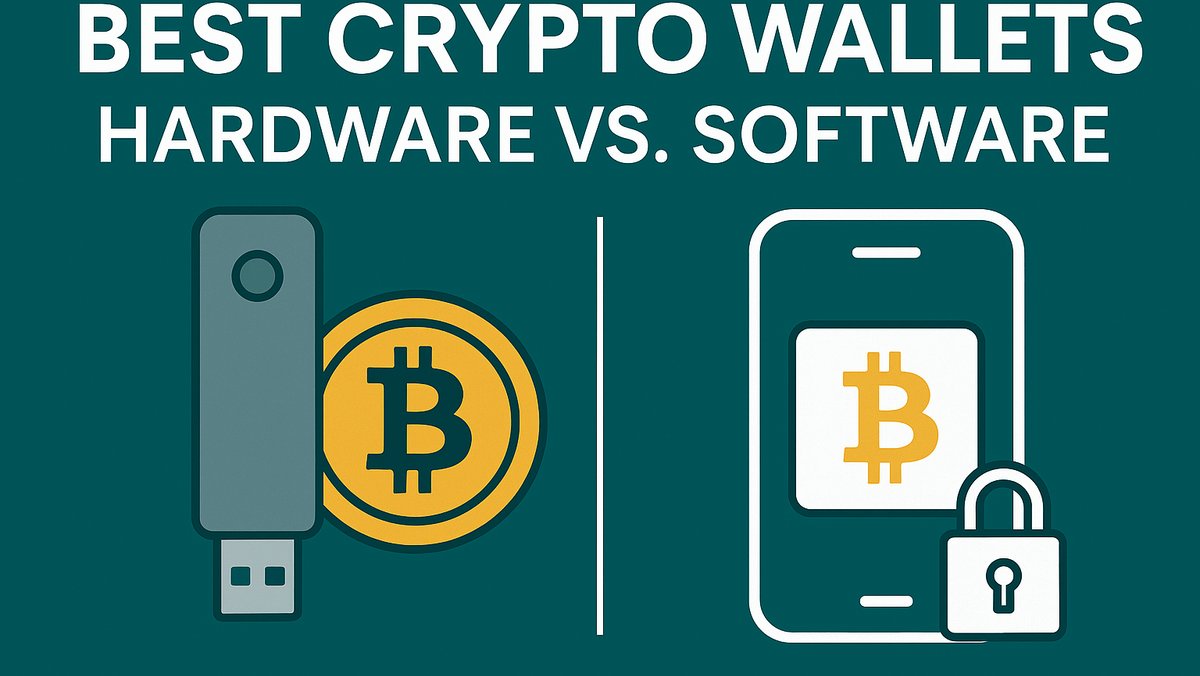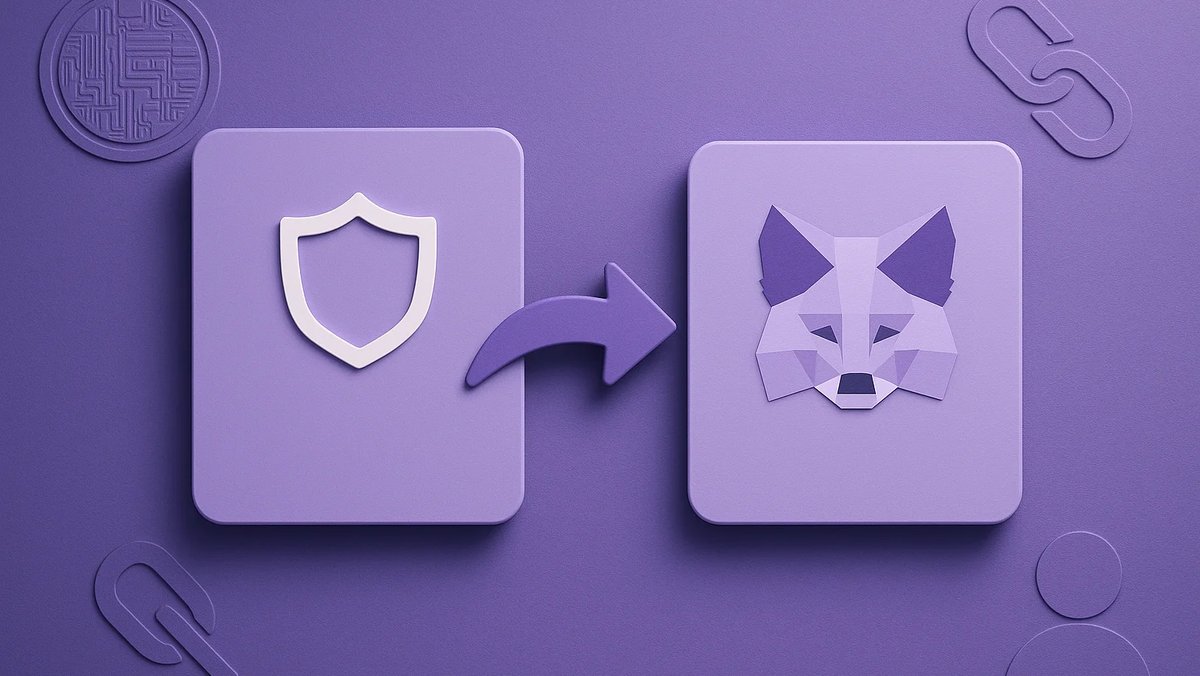As cryptocurrency adoption grows, securing your digital assets has become more important than ever. Choosing the right crypto wallet is a crucial step in protecting your investments from hacks, scams, and human error. The two main types of wallets—hardware and software—offer different levels of security, accessibility, and convenience. Understanding how they work and which one best fits your needs can make all the difference in your crypto journey.
1. What Is a Crypto Wallet?
A crypto wallet is a tool that allows users to store and manage their private keys—the cryptographic keys that grant access to their digital assets. Unlike a traditional wallet that holds physical money, a crypto wallet doesn’t store coins themselves; instead, it provides a secure interface to interact with the blockchain where your coins reside. There are two main categories: hardware wallets and software wallets.
Hardware wallets are physical devices designed for maximum security. Software wallets, on the other hand, are digital applications—either mobile, desktop, or web-based—that offer convenience and quick access. Let’s break down the differences.
2. Hardware Wallets Explained
Hardware wallets are external devices, such as USB-like tools, that store private keys offline. Because they’re disconnected from the internet when not in use, they’re considered one of the safest options against hacking. Popular examples include Ledger Nano X and Trezor Model T.
Advantages of Hardware Wallets
- Offline Storage: Private keys never leave the device, reducing exposure to malware or phishing.
- Strong Security: Best suited for long-term storage of large crypto holdings.
- Compatibility: Works with multiple blockchains and assets via integrated apps.
Disadvantages of Hardware Wallets
- Cost: Prices typically range from $70 to $250, which can be a barrier for new investors.
- Setup Complexity: Initial setup requires more steps than a simple app download.
- Accessibility: Less convenient for frequent trading or quick transactions.
3. Software Wallets Explained
Software wallets are applications installed on a smartphone, desktop, or accessed via a browser. They’re designed for ease of use and quick access, making them ideal for everyday transactions and active traders. Examples include MetaMask, Trust Wallet, and Exodus.
Advantages of Software Wallets
- Free and Easy to Use: Most are free to download and simple to set up.
- Convenience: Great for users who need frequent access to their funds.
- Integrated Features: Many wallets allow direct swaps, staking, and connection to DeFi platforms.
Disadvantages of Software Wallets
- Online Exposure: Being connected to the internet makes them more vulnerable to hacks and malware.
- Device Dependency: If your device is compromised or lost, you risk losing access unless you’ve backed up your seed phrase.
- Security Trade-off: They prioritize usability, sometimes at the expense of top-tier protection.
4. Key Differences: Hardware vs Software
| Feature | Hardware Wallet | Software Wallet |
|---|---|---|
| Security Level | Highest (offline storage) | Moderate (online access) |
| Cost | Paid (one-time purchase) | Free or low cost |
| Accessibility | Less convenient | Highly convenient |
| Best For | Long-term investors | Active traders and beginners |
| Vulnerability | Physical loss or damage | Hacks, phishing, malware |
5. Security Considerations
Regardless of the wallet type, security depends on user practices. Always back up your seed phrase securely and never share it online. Enable two-factor authentication (2FA) and consider using a dedicated device for crypto transactions. For maximum safety, many investors use a combination: a hardware wallet for storage and a software wallet for daily use.
6. Which Should You Choose?
Your ideal wallet depends on your goals:
- If you’re holding large amounts long-term, choose a hardware wallet for peace of mind.
- If you’re actively trading or exploring DeFi, a software wallet offers the speed and flexibility you need.
- Many users combine both: storing most funds offline and keeping a small balance in software for quick access.
7. Popular Options in 2025
Top Hardware Wallets
- Ledger Nano X: Bluetooth-enabled, supports over 5,000 assets.
- Trezor Model T: Touchscreen interface, open-source firmware.
- Ellipal Titan: Completely air-gapped for maximum security.
Top Software Wallets
- MetaMask: Popular browser wallet for Ethereum and DeFi.
- Trust Wallet: Mobile-friendly, supports multiple chains.
- Exodus: Great UX and portfolio tracking features.
8. Common Mistakes to Avoid
- Not backing up your seed phrase securely.
- Falling for phishing sites that mimic real wallets.
- Storing large sums in a hot (online) wallet.
- Ignoring software updates and firmware patches.
9. Final Thoughts
Whether you choose a hardware or software wallet, your priority should be control and security. Owning your private keys means owning your crypto. In 2025’s rapidly evolving landscape, combining different wallet types can provide the perfect balance between safety and accessibility. Take the time to understand how wallets work, stay updated on best practices, and always keep security at the heart of your crypto strategy.
10. Further Reading and Resources
Best Crypto Apps | Crypto Security Tips | More Guides
11. FAQs
Are hardware wallets completely safe? While they offer top-tier protection, physical loss or forgetting your recovery phrase can still result in loss of access. Always back up your seed phrase securely.
Can I use both hardware and software wallets? Yes, many users do. You can store most funds offline while keeping a smaller balance in a hot wallet for transactions.
Which is better for beginners? A software wallet like Trust Wallet or MetaMask is easier to start with. Once you hold significant value, consider upgrading to hardware.
Do I need internet to use a hardware wallet? Only when signing or broadcasting transactions. Keys remain offline even when connected.







